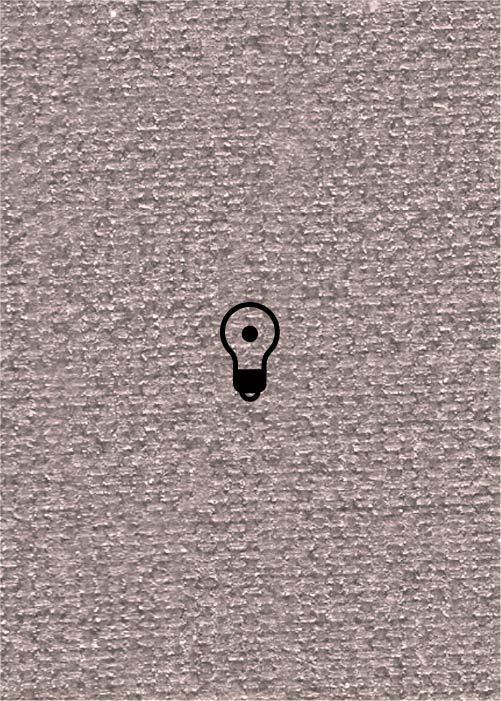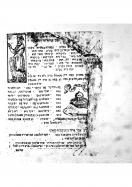(136 results found)
Ehad mi Yodea - Its sources, variations, and parodies
… Month is dedicated to “E h ad mi yodea” the famous serial folksong added to the Passover haggadah . This article, … text printed in the haggadah has remained constant, a few folk, parody, H assidic, and satirical versions in Yiddish … up to the number five.” (Rubin, 1963: 58) Two different melodies to this song were documented. The first one was …

Skotshne/Skochne
… This could not have been adopted from the Ukrainian folk music, since there were far fewer professionally-trained Ukrainian folk musicians than Jewish ones.” Beregovski 1937 [= … was used by some klezmorim to indicate freylekhs -type melodies which were technically more demanding.” Rubin 1997, …

Sher
… 1982, p. 526, n. 18] . “Gathering data on Jewish folk dances, and especially on the widespread frejlaxs and … references, the šer is also mentioned very rarely in folk songs. These folk songs are all from the Ukraine (cf. … of one or another šer but of the very style of the melodies itself. The Ukrainian šers are in general very …

Kozatshok (LKT)
… “Sometimes, however, certain [Ukrainian, non-Jewish] melodies are deliberately adopted as extraethnic. In Jewish folk music we have a certain number of melodies adopted from … very widespread dance tune kozačok ) and a great number of folk songs sung to the melodies of popular Ukrainian …

Pastukhel (LKT)
… lost and then found sheep formed the basis for the popular folk song ‘Dos pastekhl’ or ‘a pastekh’ (‘The/A Sheperd’). which is sung to two different melodies [Kipnis 1918:129, 1925: 135; Jaldati 1969:28, … is one of the richest and most beautiful of Yiddish folk songs. A certain non-Jewish influence heard in the …

Volekh (LKT)
… expressing an elegiac mood, in the manner of Wallachian folk music. The hazanim used to sing a Wulach , for example, … Ana haShem in the Halel prayer, in contrast to the gay melodies that preceded.” Avenary 1960, p. 195 . “ Volekh. ” … does not prove that the music was borrowed [from Moldavian folk music]. In fact just the name was borrowed, perhaps …

Doyne (LKT)
… doina (Yiddish: doyne or doyna ), a free-meter Romanian folk instrumental genre often associated with sheperds and … is [divided] into three parts, borrowing three different melodies, the first section of the dance performed to the … The klezmers borrowed the doina music itself. In the Jewish folk song only the plot of the doina was borrowed and …

Mitsve-tants (LKT)
… 1971, p. 1265 . “The bands themselves fashioned fitting melodies for the various situations and moods during the … meal,] the musicians played many different types of merry melodies and Reb Simkhe Meyer announced the … . And this was among a series of dances -- Hassidic, folk-like, led by experts, among them Reb Baruch-Moshe …

Beroyges-tants
… that among our large masses, for a long time now the folkdance has been accompanied by singing; and not only to … outside of sources found in [Eastern European Jewish] folk song, we have nothing about this style, no definitive … joy after man revives), is accompanied by three separate melodies. The first part of the dance is accompanied by (1) …

Hopak (LKT)
… get the full reference. “The principal forms [of Russian folk dance] are the korovod and the trepak, the former … the klezmers aso played the hopak . (The name hopak was folklorized into hopke .) Jewish kozachok melodies were borrowed, but in the klezmer interpretation …



